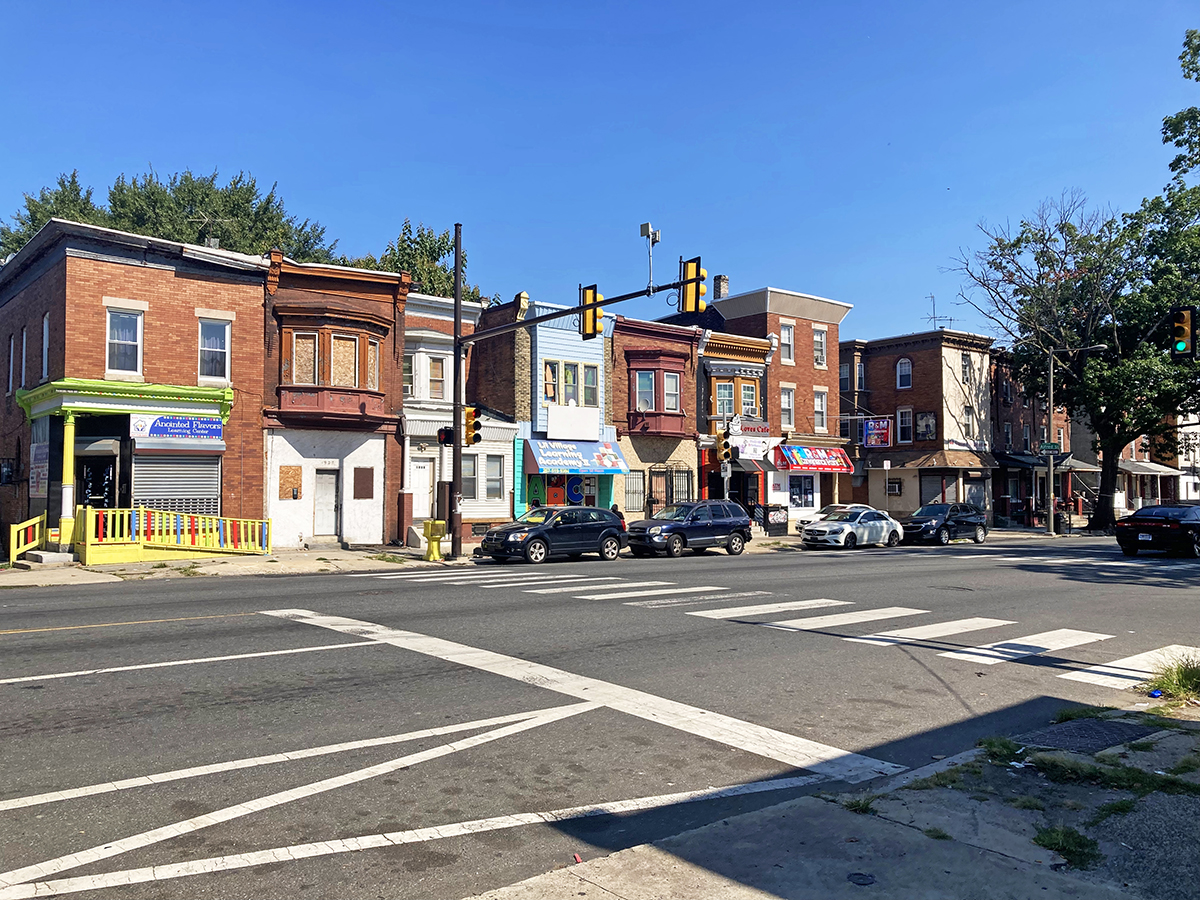
October 11, 2022
City officials announced today a new Vision Zero safety study along the Hunting Park Avenue corridor, between Wissahickon Avenue and Old York Road. The goal of the project, a partnership with DVRPC, is to engage with people who work, live, or go to school in the area and identify future safety improvements based on Vision Zero strategies.
FOR IMMEDIATE RELEASE (Tuesday, October 11, 2022)
Elise Turner, Manager, Office of Communications and Engagement
City and DVRPC Studying Road Safety on Hunting Park Avenue
PHILADELPHIA – City officials announced today a new Vision Zero safety study along the Hunting Park Avenue corridor, between Wissahickon Avenue and Old York Road. The goal of the project, a partnership with the Delaware Valley Regional Planning Commission (DVRPC), is to engage with people who work, live, or go to school in the area and identify future safety improvements based on Vision Zero strategies.
This study is the result of the City’s Vision Zero 2025 Capital Plan that identified Hunting Park Avenue as a priority corridor on the High Injury Network, which includes the 12% of Philadelphia streets that account for 80% of serious crashes in the city. When compared to citywide averages for major arterial streets, these corridors are 4.5 times more likely to have a fatal or serious injury crash, and the intersections are 8.3 times more likely to have a fatal or serious injury crash. From 2014-2018, there was a high concentration of crashes on Hunting Park Avenue at the intersections with Broad Street, Roosevelt Boulevard, Germantown Avenue, and Wissahickon Avenue, including especially high rates of pedestrian fatalities and serious injuries.
“Hunting Park Ave. serves many people going to stores, school, work, or SEPTA. People walking are at higher risk and account for 8% of all crash injuries, but represent two-thirds of all serious injuries or fatalities that happen on the corridor,” said Kelley Yemen, Director of Complete Streets with the Office of Transportation, Infrastructure & Sustainability (OTIS).
The City has partnered with DVRPC to engage with the community and other local stakeholders, analyze crash and traffic data, and conduct a road safety audit of the corridor. These efforts will inform the development of a conceptual plan for safety improvements. Once the study is completed, the results will provide the City with valuable data for preliminary engineering and future grant applications.
DVRPC is currently conducting a survey as part of the public engagement phase of the study. People who live, travel, work, or go to school in the area are encouraged to take the Hunting Park Ave. survey. In addition to the short survey, there is an interactive map where people can submit comments and help identify safety concerns along the corridor. DVRPC and OTIS are also partnering to complete in-person surveys along the corridor.
For more information and updates about the project, visit www.dvrpc.org/huntingpark
Health & Safety, Bicycle & Pedestrian, Vision Zero, Transportation